

Diablo 3, Blizzard’s long-awaited action-RPG, was a hugely disappointing title for many gamers. While not awful, the game failed to live up to the expectations set by its well-loved predecessor. More specifically, the original version of Diablo 3 didn’t deliver the awesome loot and crazy dungeon-crawling that players craved.
The average developer would’ve given up and started worked on Diablo 4, but Blizzard is no average developer. Instead, the company has gradually re-worked the title in an effort to salvage it. Many of the changes frankly fell short, but now a huge new patch has been released as a precursor to the Reaper of Souls expansion. And you know what? It’s what the game should have been at release.
Many journalists have taken to calling the new patch “Loot 2.0,” a title I think is inaccurate. Loot is just one of many things changed by the patch. But, since it’s attracted the lion’s share of attention, let’s talk about it first.
Two very important changes have been made to loot. First, item randomization has been drastically altered and improved. In the original game, which featured an auction house, loot was so random that finding upgrades for your character was almost impossible. This was meant to encourage players to use the auction house, but it also destroyed the excitement of finding an awesome new sword or amazing wizard’s robe.
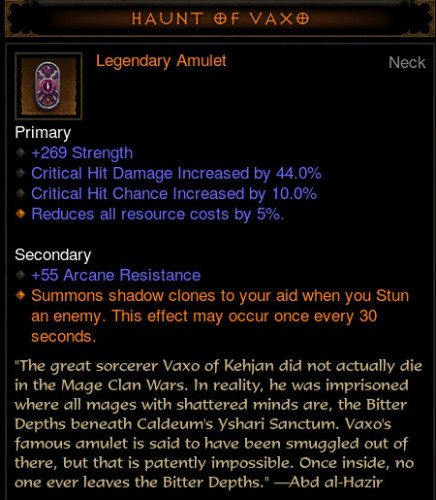
Patch 2.0 has changed loot rolls so what you receive is more likely to be appropriate for your class, and the range of stats on each item has been narrowed, making upgrades easier to find. Throw-away legendary items with horrible stats, a common sight in 1.0, are a thing of the past.
Second, Blizzard has added some spice to legendries by giving many of them cool powers. Shortly after the patch my Barbarian found an amulet called The Haunt of Vaxo which spawns two shadow clones when I stun an enemy. Better yet, the clones gain randomized copies of my character’s skills. Sometimes they have charge, sometimes they use thrown weapons, etc. They also carry huge weapons and remind me of the shadow demon from Game of Thrones.
Loot is now everything it should be in an action-RPG. It’s interesting, it frequently offers an upgrade, and it’s likely to help your class. Props to Blizzard; they’ve finally fixed loot.
While loot was an issue in Diablo 3 1.0, there was another huge problem that became the reason I quit playing. What was it? Difficulty!
The game used to offer four difficulty modes, each locked behind completion of the campaign at the previous difficulty with each character. A player who wanted to play on Inferno with every class would have to beat the campaign twenty times! Worse, the campaign wasn’t even a challenge for experienced gamers until Hell, the third level of difficulty.
This was boring. Oh, so boring. I quit the game because I didn’t realize every character class was tied to its own difficultly progression, and when I found out by rolling a new Wizard, I just couldn’t take it. I wasn’t going to run the campaign at the mind-numbingly dull Normal difficulty again.
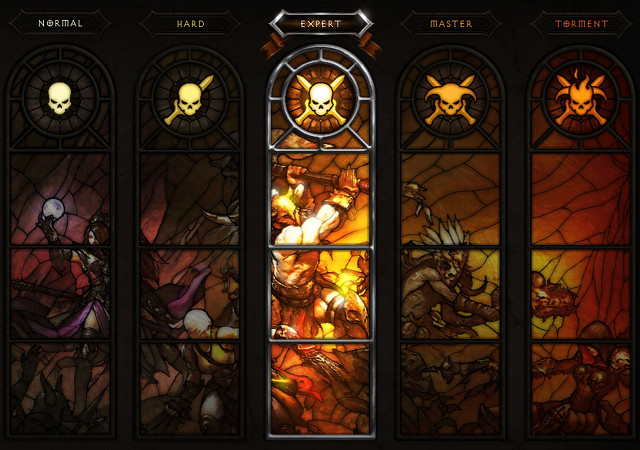
Now that’s gone. Yep. Normal, Nightmare, Hell, Inferno; all gone. They’ve been replaced by Normal, Hard, Expert, Master and Torment (which is broken into six tiers). Master unlocks once you’ve beaten the campaign, and Torment unlocks at level 60. There are no other restrictions.
This means you can adjust the difficulty to exactly the level you’re comfortable with. And the rewards for doing so are substantial. At Expert players receive 100% more gold and 100% more XP, and this rate of reward can increase to 1600% (yes, with two zeroes) at Torment level VI, the absolute highest difficulty level in the game.
There’s no longer a need to mindlessly slaughter harmless monsters. The game is always challenging and rewards you for pushing the limit of your ability.
Diablo 3 was surrounded by controversy even before release because of its mandatory online connectivity. Making the game available offline isn’t an option at this point, but Blizzard can at least make it feel worthwhile, and the new patch heads in that direction by adding Clans and Communities.
Clans are invite-only groups that essentially function like a guild in World of Warcraft. There’s shared chat, a news board, and a roster. Clan members can also see others in open games at the Character Selection screen, which makes jumping into multi-player far easier.
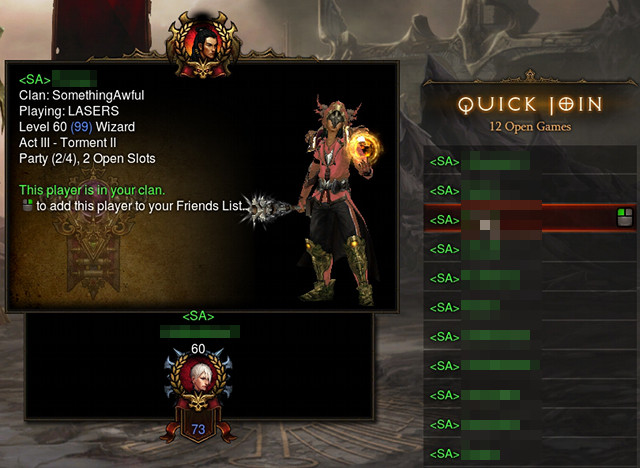
Communities are public groups with their own chat, news board and roster, but players aren’t automatically connected to community chat when the game launches, and players can join multiple Communities at once. Many focus on classes or play modes (like Hardcore), so they act as a place where players can find like-minded gamers or ask for advice.
These features don’t put Diablo 3 on par with Path of Exile’s leagues and community events, but it’s a huge step in the right direction and makes co-op easy, rather than a chore.
Another big change made by Diablo 3 relative to its predecessor can be found in the skill system. While Diablo 2 had skill trees with no re-spec option, Diablo 3 has skill slots and lets players re-spec at any time (except when a skill is on cooldown).
This is supposed to make the game less frustrating, and to an extent I agree with Blizzard’s approach. While I like Path of Exile’s unforgiving, massive skill tree, I also like being able to jump into Diablo 3 and totally change my character if I’m bored with what I’ve got going. However, any simple skill system requires that the available options be precisely balanced. If they’re not, everyone will pick a single “best” choice. And Diablo 3 1.0 was not well balanced.
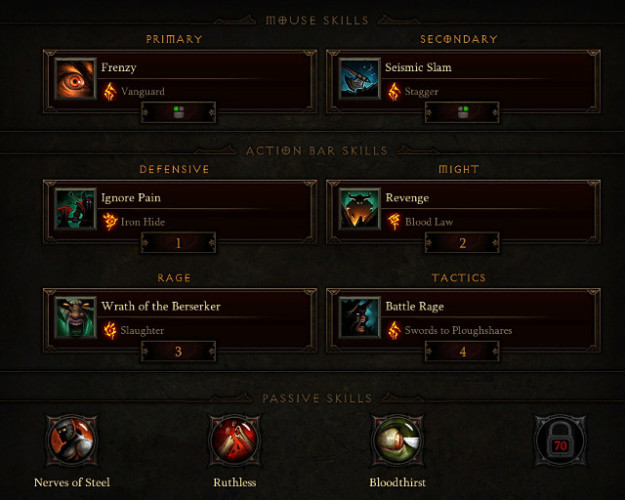
Blizzard has addressed this with huge changes in the 2.0 patch. I primarily play Barbarian, so I’ll use a skill from the class, called Nerves of Steel, as an example. This used to increase your armor by 100% of your Vitality, which was just ridiculously good, particularly for players who hadn’t progressed to end-game and found or purchased amazing gear. Now it’s 50% of your Vitality, a nerf that makes the skill nice, but no longer the obvious must-have for Barbarians in need of survivability.
And that’s just one passive skill. Virtually every skill in the game for every class has been changed in some way, shaking up class builds and making more options viable. Hopefully Blizzard will continue to make dramatic changes like this in an effort to balance the meta-game.
Diablo 3 2.0 is hugely different from the game at release. The game is more challenging, more rewarding, better balanced and easier to play with friends. Gamers would have reacted much differently if Diablo was in this state when it debuted.
And this is just the tip of the iceberg. The coming expansion will also add an endlessly re-playable adventure mode, a new class, ten new levels, new items, and a new act to play through. If the expansion’s design is as clever as patch 2.0 it could once again make Diablo the golden child of action-RPGs.

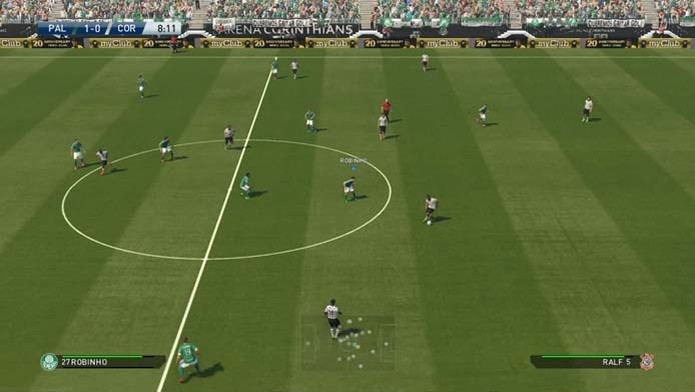
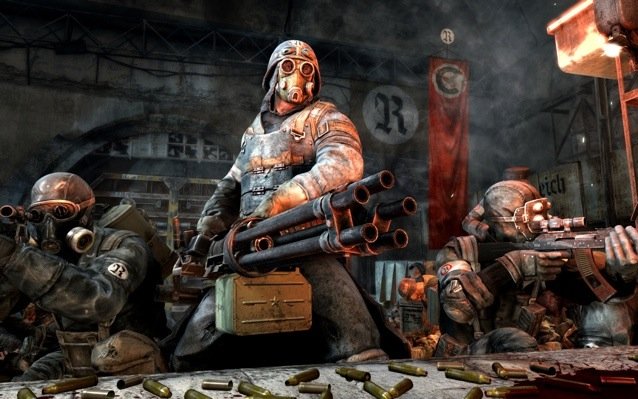

 Assassin’s Creed 4 Black Flag Wiki : Everything you need to know .
Assassin’s Creed 4 Black Flag Wiki : Everything you need to know . Retro Video Game Walhalla from Japan
Retro Video Game Walhalla from Japan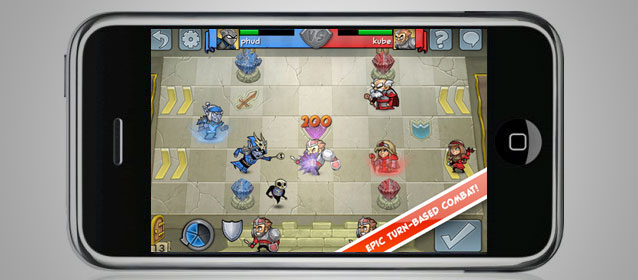 Top 25 Best Free iPhone Games
Top 25 Best Free iPhone Games OlliOlli2: Fix problems with cross-save on the PS4
OlliOlli2: Fix problems with cross-save on the PS4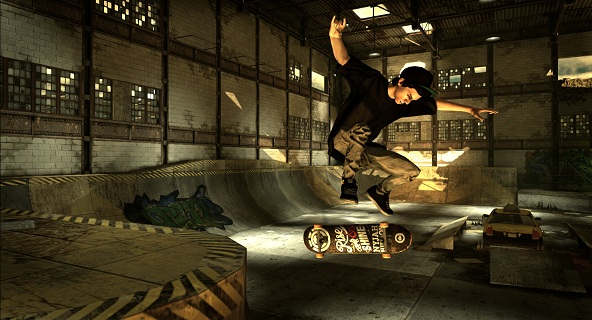 Tony Hawk’s Pro Skater HD Walkthrough
Tony Hawk’s Pro Skater HD Walkthrough